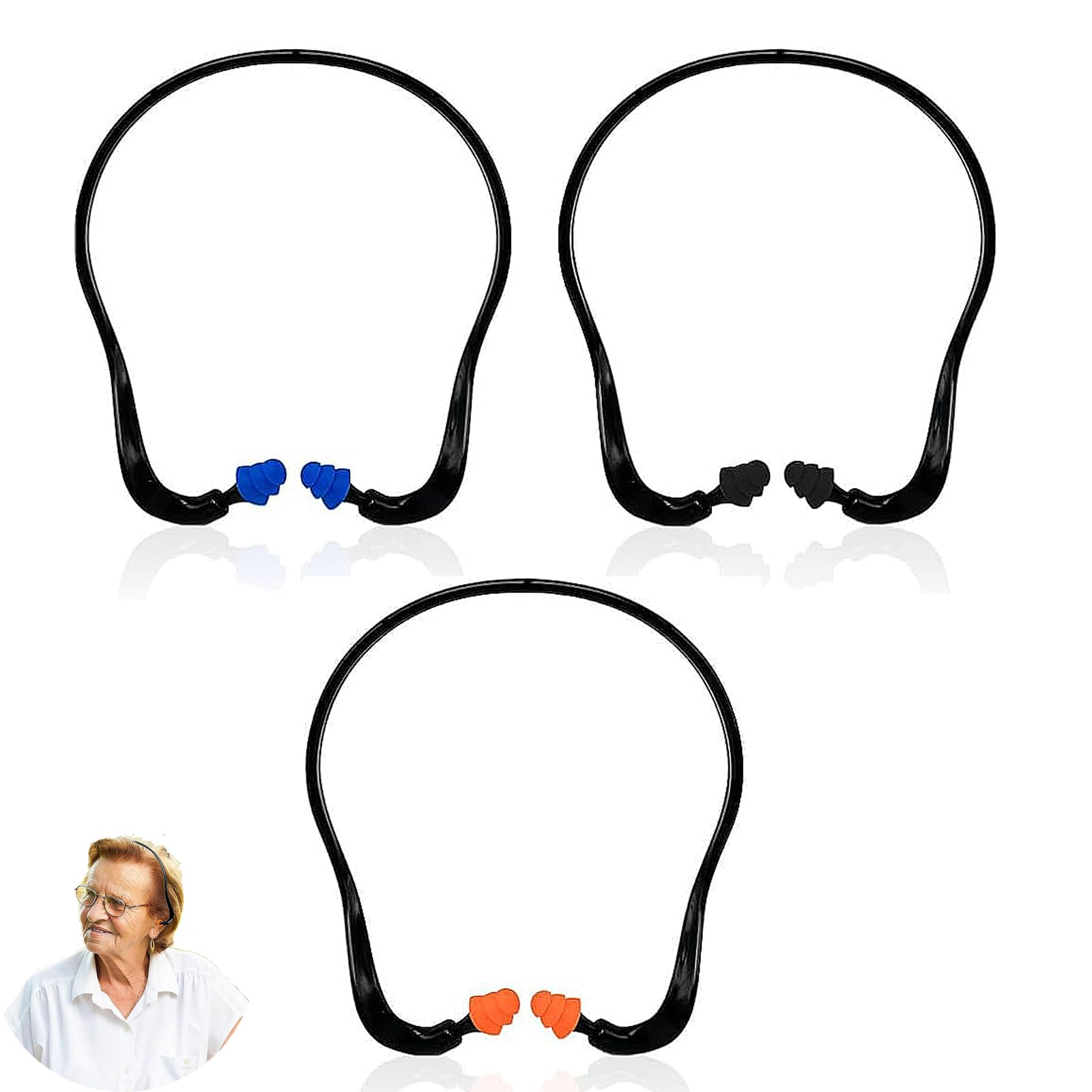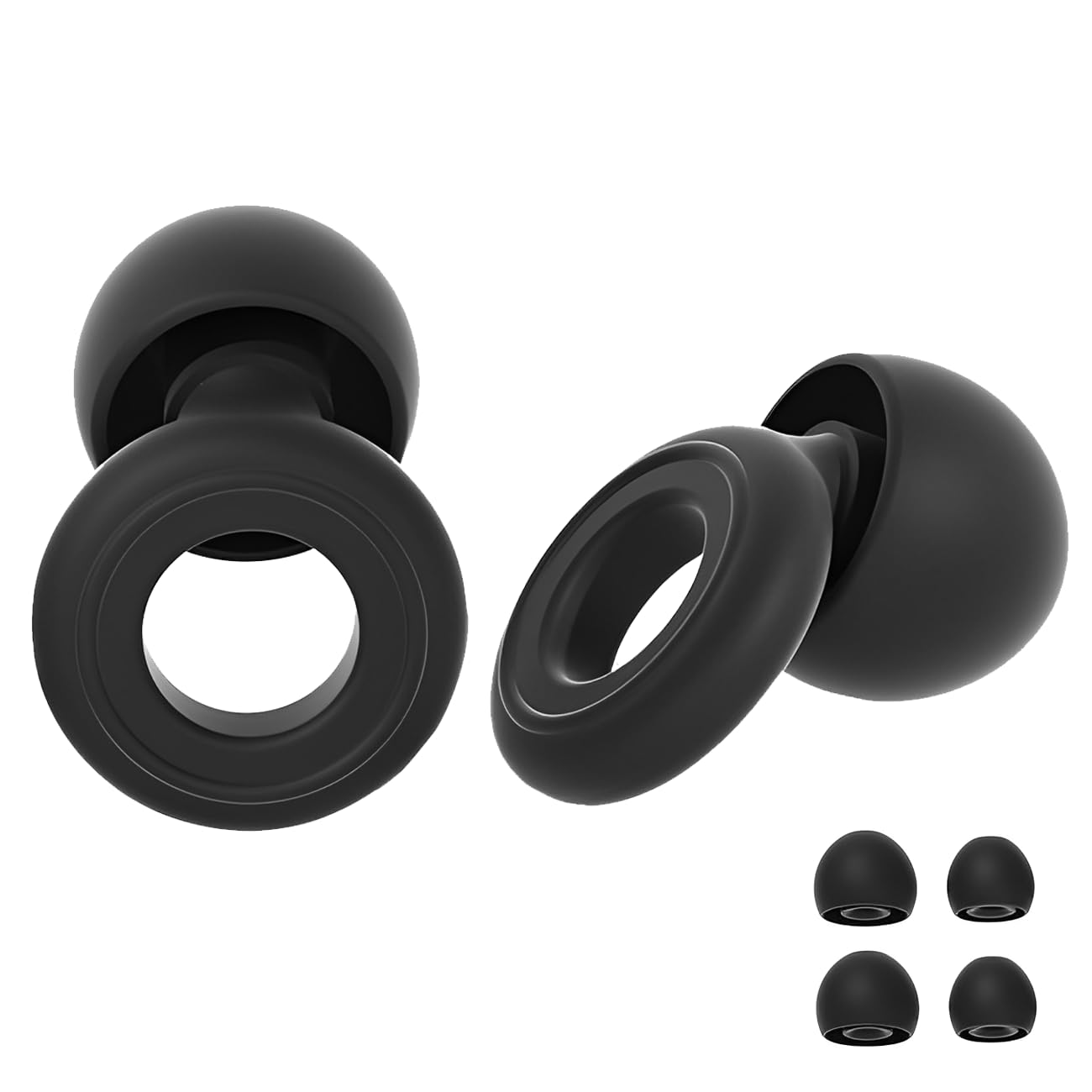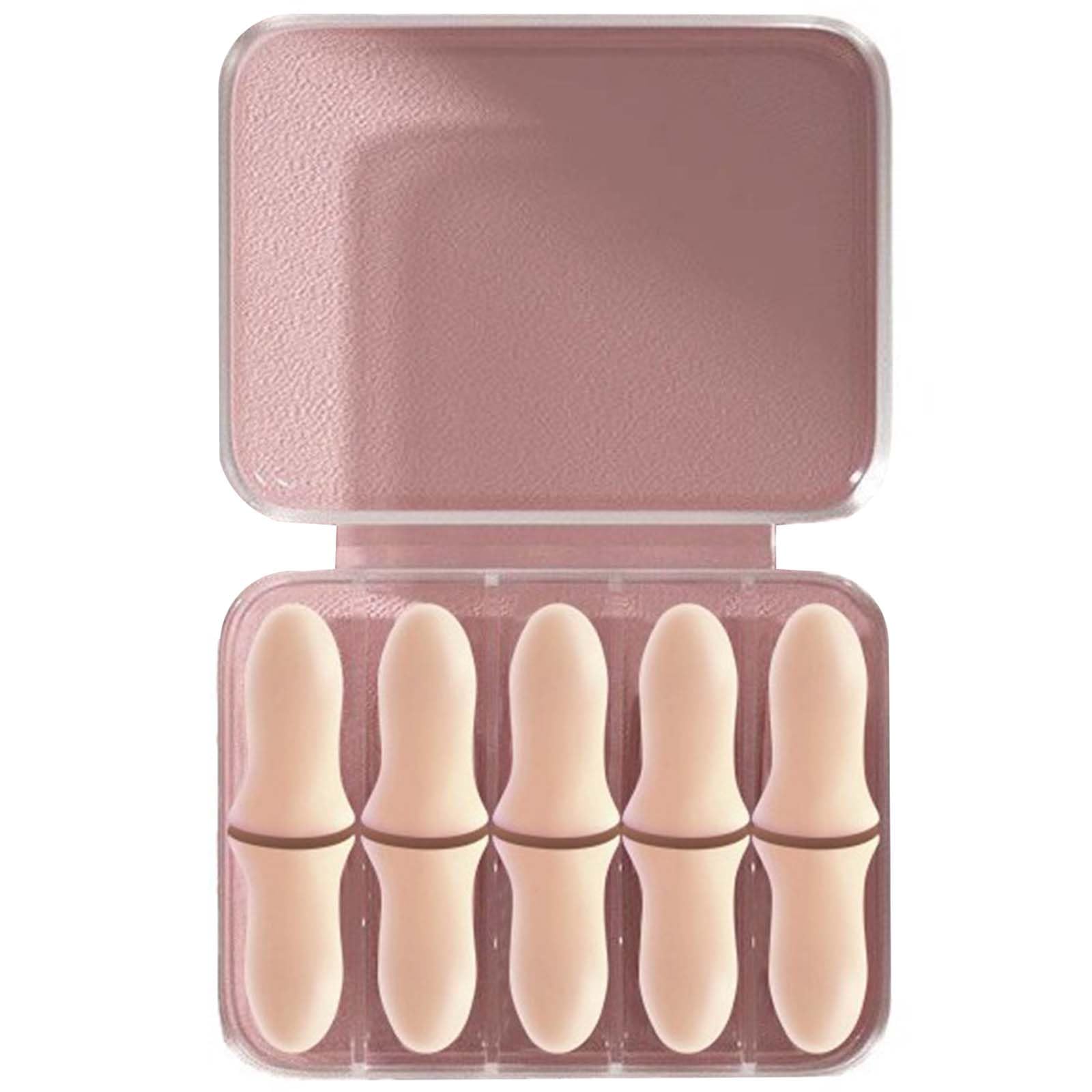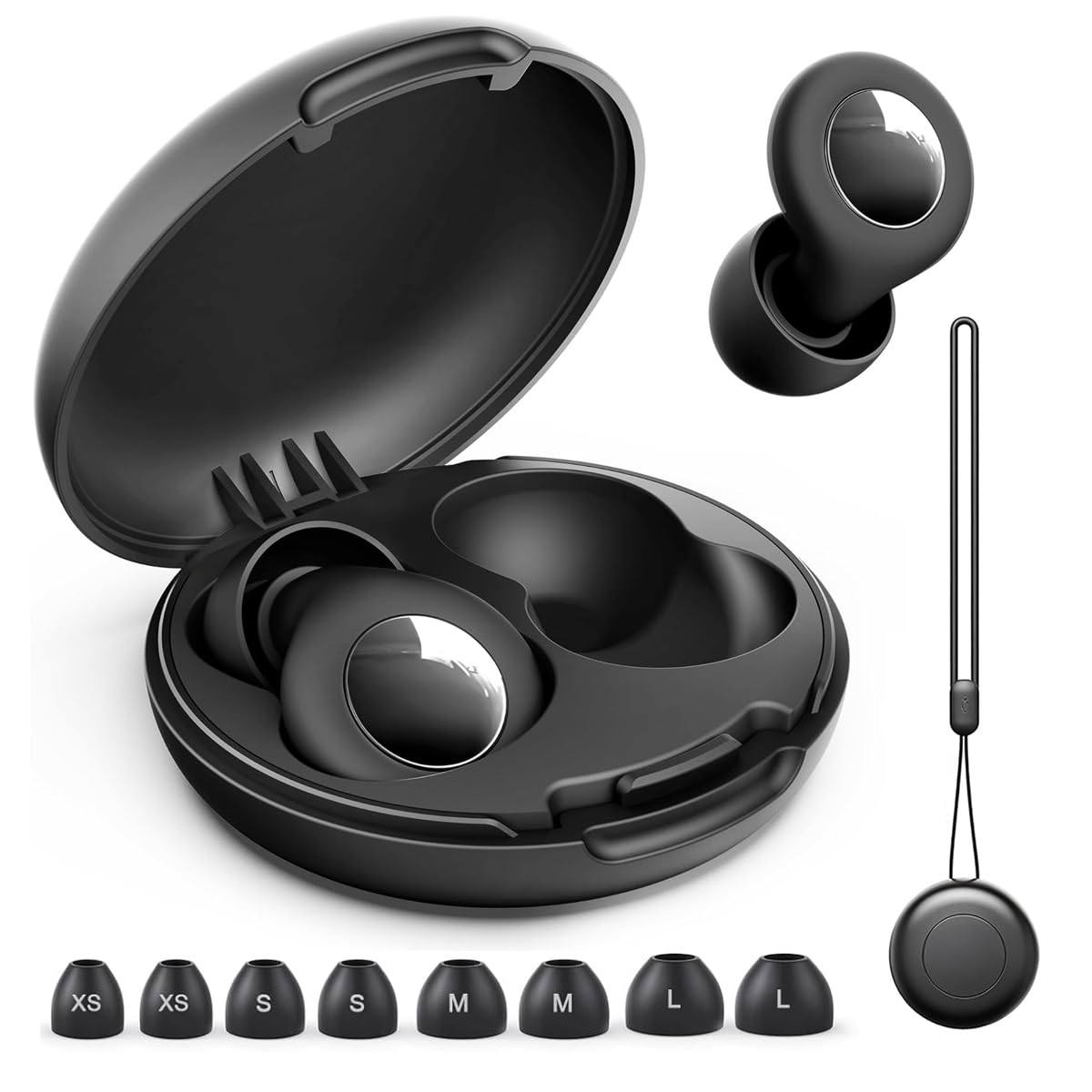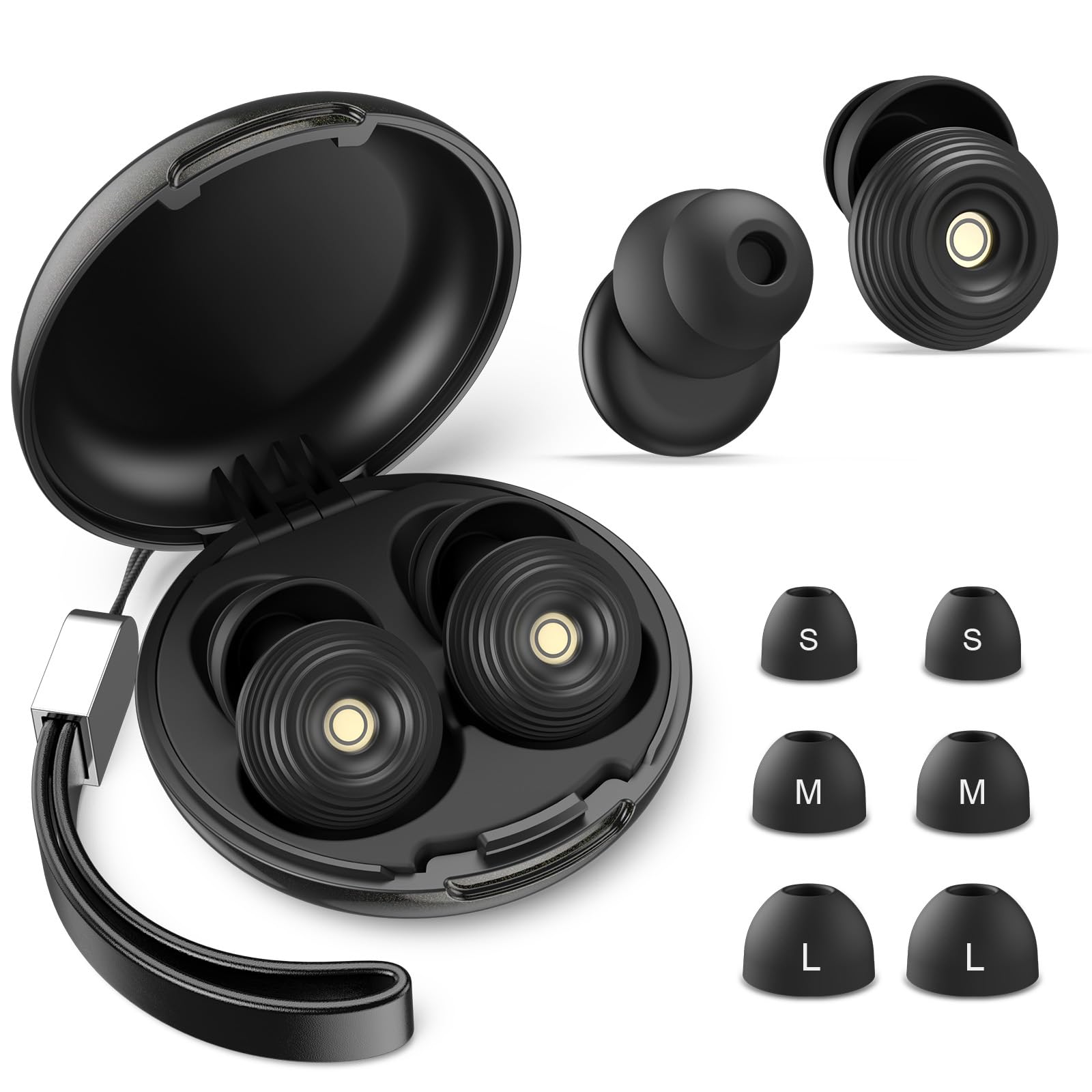Choosing earplugs for snoring is not just about picking the highest SNR number on the packet. Fit and comfort matter more, because a lower rated plug that seals properly will block more noise than a higher rated plug that loosens or hurts when you lie on your side. This guide explains SNR in plain language, shows which materials work for different ears, and teaches a quick fit routine so you get reliable results at night.
Night noise drops with sleep earplugs that seal comfortably.
What SNR Measures
SNR, or single number rating, is a European measure of overall noise reduction across frequencies in a lab test. A higher SNR suggests more potential attenuation. Snoring is a mix of low and mid frequency sounds that travel through walls and pillows. To tame it, you need both a good seal and a material that controls lower frequencies. Foam plugs usually provide the highest SNR, but only when inserted correctly. Reusable flanged silicone and mouldable silicone provide good practical comfort and can work better than foam in small or sensitive ear canals.
Pick the Right Material
Foam expands to fill the canal and typically offers the strongest measured reduction. Choose a soft foam and a size that fits fully without pain. Shorter, low profile designs are better for side sleepers because they press less against the pillow. Flanged silicone forms a seal with small flexible flanges and is easy to insert and remove. It works well if foam feels too tight. Mouldable silicone or wax covers the canal entrance rather than going deep inside, which can be more comfortable for side sleepers and for people with small canals.
Fit Beats Rating
A good seal is the difference between sleeping through snoring and waking up frustrated. For foam, roll the plug into a slim cylinder, reach over your head to pull the ear up and back, insert deeply and hold for 30 to 40 seconds while the foam expands. You should barely see the plug from the front. For flanged silicone, insert gently with a slight twist until you feel a consistent seal. For mouldable plugs, warm the material in your hands and press it over the canal opening to form a smooth cap. If a plug hurts or falls out, switch sizes or styles.
Comfort for Side Sleepers
Side sleepers often get the best results with low profile foam or mouldable plugs, combined with a soft pillow that reduces pressure on the ear. Trim stems on reusable plugs if the design allows it, and do not push plugs so deep that they press on the bony part of the canal. If one ear faces a snoring partner, side sleep on the opposite ear where possible and let the pillow do some of the isolation.
Hygiene and Replacement
Foam plugs are usually single use or limited use. Replace them regularly to maintain performance and hygiene. Reusable silicone plugs and flanged designs should be washed with warm soapy water, rinsed and dried thoroughly. Store in a clean case. Ear hygiene matters too. If wax builds up, even a well fitted plug will lose its seal, so keep ears clean between uses.
Options that balance SNR and comfort are grouped in sleep earplugs for UK readers, with smaller shapes for side sleepers.
FAQs
What SNR should I choose? Higher SNR helps on paper, but only if the plug seals. Start with a well known soft foam plug, then try reusable silicone or mouldable plugs for comfort and compare results.
Are noise cancelling earbuds better? Active noise cancelling can help with steady hums, but passive plugs are usually better for loud or sudden snoring and are more comfortable for sleep.
How do I know if plugs are inserted correctly? Your own voice should sound deeper and you should notice a gentle pressure change. If a plug loosens when you move, try a different size or style.
